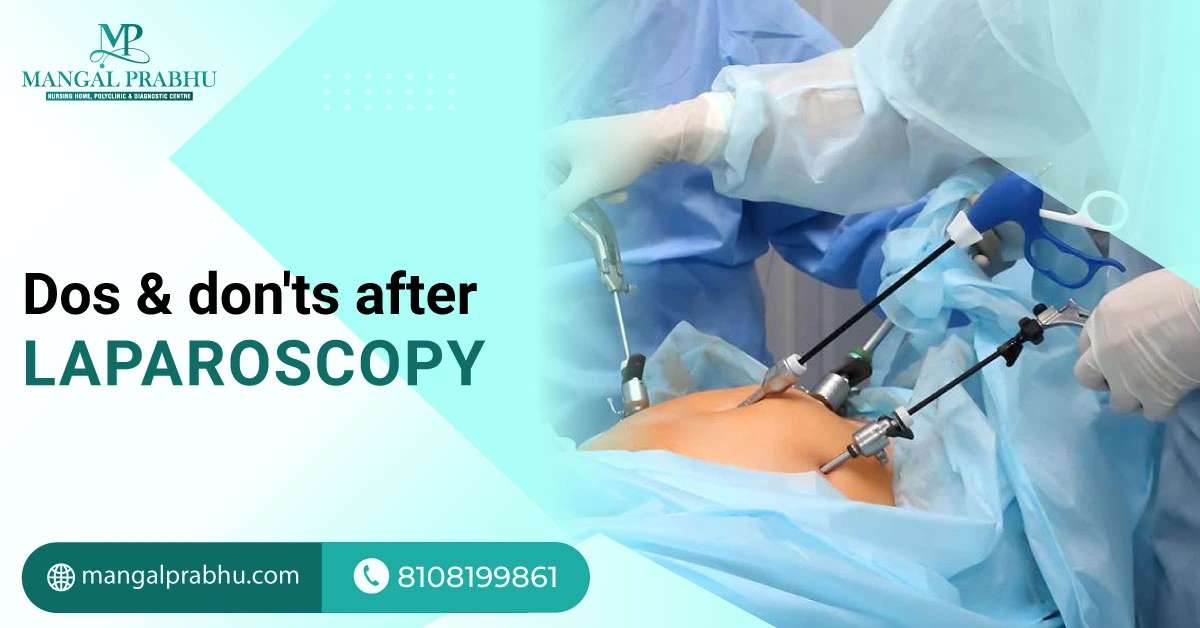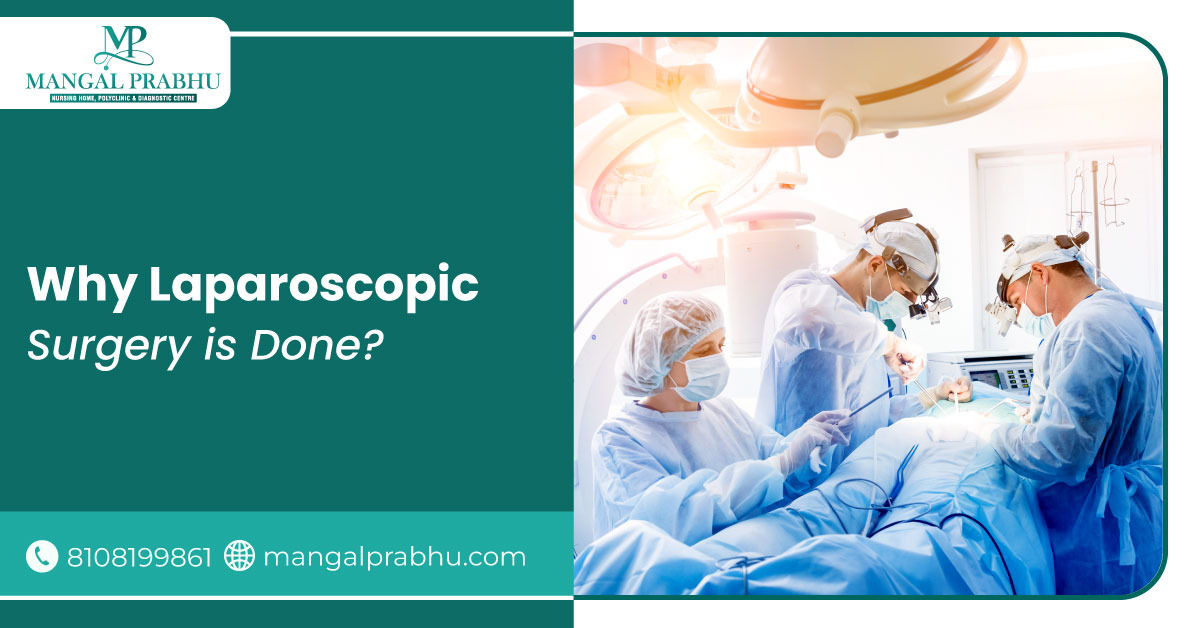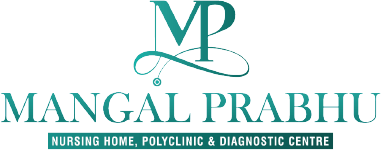
Dos and Don’ts After Laparoscopy
Laparoscopic surgery is a minimally invasive procedure that helps your general surgeon in Navi Mumbai take a deeper look at your internal organs, get the most accurate diagnosis, and figure out a viable treatment plan.
Laparoscopy can be used for diagnosis and treatment. For instance, it can give your surgeon a clear picture of the uterine fibroids while also removing them through several small incisions on your abdomen. The question is, what does recovery look like, and what can you do after laparoscopy to speed up your recovery? Let’s take a look at the several dos and don’ts after laparoscopy.
Dos and Don’ts After Laparoscopy
Dos After Laparoscopy
i) Follow Your Doctor’s Instructions:
Your surgeon will explain post-operative instructions, such as when to wash the incision site, when to start walking, how much physical activity is safe, the medication you should take, and when to see your doctor. Follow their instructions carefully.
ii) Maintain a Balanced Diet:
Eat a diet rich in essential vitamins, minerals, fiber, omega-3 fatty acids, and other nutrients to maintain your energy levels. If you experience stomach ache or gas, switch to bland, low-fat food. Drink enough fluids to maintain hydration.
iii) Engage in Light Physical Activity:
Rest is the key to fast recovery, but that doesn’t mean you need to go into bed rest. Light activity, such as a stroll in your street or gentle stretching a few days after the surgery, can help promote blood circulation, prevent blood clots, and speed up your recovery.
iv) See Your Doctor:
Visit the surgery hospital in Navi Mumbai for your follow-up appointments. Your surgeon will assess your incision and your overall health to ensure you are in good health and recovering normally.
Don’ts After Laparoscopy
a) Avoid Heavy Lifting:
Do not push yourself beyond your limits. While it’s normal to want a quick recovery and to want to get back to your routine life soon after surgery, strenuous exercises must be avoided. Likewise, heavy lifting, including carrying grocery bags, suitcases, pets, and babies, is off-limits.
b) Refrain From Driving Immediately:
Arrange your drive back home after surgery. Driving is usually restricted until you are on pain meds. Besides, sitting for prolonged hours can strain your abdomen.
c) Don’t Neglect Signs of Complications:
See your doctor immediately if you have a high-grade fever that persists for days with swelling and discharge from the incision site. Other signs of complications include severe pain that doesn’t subside with pain-relieving medication, nausea, vomiting, and difficulty breathing.
Tips for a Smooth Recovery
Here’s what you can do to achieve fast recovery:
- Practice light physical activity
- Use a pillow for abdominal support when laughing, sneezing, or coughing
- Avoid household chores until your doctor clears you for it.
- Watch out for unusual signs and seek immediate medical assistance
- Get ample rest
Conclusion
While there’s a general recovery timeline for laparoscopy, every patient has their own recovery journey. Your progress after the procedure depends on the hospital, the doctor’s expertise, the nursing staff, your pain tolerance, the duration of the surgery, and other factors.

Why is Laparoscopic Surgery Done?
This minimally invasive surgery has emerged as a transformative approach in the realm of medical interventions. This innovative technique involves making small incisions through which a laparoscope, a tiny camera, is inserted to visualize and treat various conditions within the abdominal cavity. Mangal Prabhu Hospital is at the forefront of this groundbreaking practice, known for its excellence and a team of proficient Laparoscopic Surgeons in Navi Mumbai.
Reasons for Laparoscopic Surgery
i) Diagnosing Abdominal Pain
Laparoscopic surgery is often employed to identify the cause of unexplained abdominal pain. The laparoscope allows surgeons to explore the abdominal organs and tissues, facilitating a precise diagnosis.
ii) Removal of Cysts and Tumors
The minimally invasive nature of laparoscopic surgery makes it an ideal choice for removing cysts and tumors from various organs, including the ovaries and uterus. This approach minimizes trauma, accelerates recovery, and reduces scarring.
iii) Diagnosing and Treating Infertility
Laparoscopic surgery plays a crucial role in diagnosing and treating infertility issues. It enables the visualization of the reproductive organs, helping identify conditions such as endometriosis or blocked fallopian tubes that may contribute to infertility.
Preparation for Laparoscopic Surgery
Before undergoing Laparoscopic Surgery in Navi Mumbai, certain preparatory steps are essential to ensure a smooth and successful procedure.
a) Blood Tests
Comprehensive blood tests are conducted to assess the patient’s overall health, identify any underlying conditions, and ensure they are fit for surgery.
b) Imaging Tests
Various imaging tests, such as ultrasound or CT scans, may be performed to provide a detailed view of the abdominal area and aid in surgical planning.
c) Medications
Depending on the patient’s medical history and the nature of the surgery, medications may be prescribed to optimize the surgical process and enhance postoperative recovery.
Procedure of Laparoscopic Surgery
A) Anesthesia
Laparoscopic surgery is typically performed under general anesthesia to ensure the patient remains unconscious and pain-free throughout the procedure.
B) Insertion of the Laparoscope
Small incisions, usually less than an inch long, are made near the surgical site. The laparoscope is inserted through one of these incisions, providing a high-definition view of the internal organs on a monitor.
C) Making the Incision
Additional small incisions may be made to accommodate specialized instruments needed for the surgery. The surgeon carefully guides these instruments to perform the required procedures.
Recovery and Aftercare
1) Diet and Lifestyle Modifications
Following laparoscopic surgery, patients are advised on specific diet and lifestyle modifications to support healing. These recommendations may include dietary restrictions, activity levels, and postoperative care measures.
2) Follow-up Visits
Regular follow-up visits with the laparoscopic surgeon are crucial to monitor recovery, address any concerns, and ensure the patient’s overall well-being.
Conclusion
Laparoscopic surgery has revolutionized the landscape of surgical interventions, offering patients the benefits of reduced pain, quicker recovery, and minimized scarring. At Mangal Prabhu Hospital, a leading center for laparoscopic surgery in Navi Mumbai, the expertise of skilled surgeons combined with state-of-the-art facilities ensures that patients receive optimal care and the best possible outcomes. Choosing laparoscopic surgery at this hospital is not just a medical decision; it’s a commitment to personalized and advanced healthcare.
